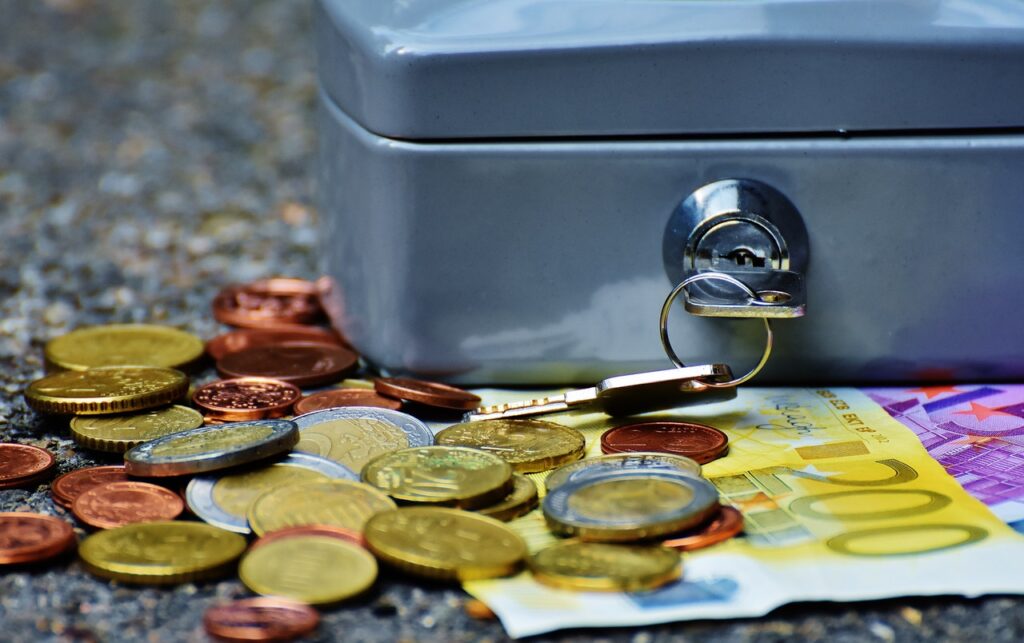The easiest way to plan for and shield yourself from unforeseen financial trouble is to have an emergency fund.
This necessitates the establishment of a savings account. Savings accounts are a great way to keep your money safe while still earning some extra cash via interest. They will assist you in meeting financial objectives, ensuring that you have cash on hand in case of an emergency, and generating modest returns.
Finding the right savings account can be challenging with so many choices available, but don’t let that stop you from establishing smart saving habits so you can be prepared for whatever comes your way.
What Is a Savings Account?
A savings account, like a checking account, is opened at a bank or credit union and is used to hold money that isn’t used for regular, transactional purposes. Savings accounts normally pay a higher interest rate than checking accounts, which generally pay no interest because you can make money just by holding your money in them.
What Are the Benefits of Having a Savings Account?
Savings accounts strike the perfect balance of liquidity: they’re less liquid than a checking account but much more liquid than CDs, savings bonds, or other investment accounts.
What makes savings accounts unique, particularly for emergency funds, is that you can get the money right away if you need it.
Selecting an Account
When deciding what sort of savings account to open, Reddy advises determining what features and levels of accessibility you need. Choosing between a conventional savings account at a physical legacy bank and a high-yield savings account at an online bank would most likely be the deciding factor.
Consider the following questions:
- Does the account come with a debit card that you can use to access your savings? While most savings accounts do not offer debit cards, some do offer ATM cards.
- How quickly do you need to get your hands on your withdrawn funds? Is it possible for you to wait a few days if necessary? If you want to withdraw money from an online-only savings account, you’ll need to move it to a local account.
- Do you want your savings account to be held at the same bank as your checking account?
- Are you okay with getting several banks in order to get the best return? Savings plans that are only available online also pay a higher interest rate.
If you want to place your money in a conventional savings account, think about the advantages of using a branch and whether it’s worth it to forgo dramatically higher returns for an online deposit.
Online vs Physical Savings Accounts
In recent years, online-only banks have increased in popularity, and online banks usually offer better savings account rates.
Just 21% of banked adults have a high-yield savings account, according to a NextAdvisor survey from August 2020, and others are losing out on potential returns by only using a low-yield option.
High-yield savings accounts are more popular at online banks, so consider how open you want your funds to be when making your decision.
Since online-only banks don’t have physical locations where you can withdraw money, transferring money from an online-only account to an account linked to a brick-and-mortar bank can take a few days if you need cash.
While having a physical location is convenient, maintaining a national network of physical locations comes at a higher cost of doing business, so you do not get the best rate.
How to Open an Account
The method of opening a savings account is close to that of opening a checking or other bank account. Don’t worry if you’ve never opened a bank account before. You can normally apply completely online, and all you’ll need is some personal information like your government-issued ID, your Social Security number, and money to put into your savings account as an initial deposit.
Savings accounts are a great way to keep your money secure while still collecting some extra cash in the form of interest. The Federal Reserve has been reducing the borrowing rate, which affects the amount of interest you will receive on a savings account, but “just because rates are low doesn’t mean people who are investing are inherently in a negative position,” says Reddy.
Even if interest rates are poor, opening a savings account is a good way to start forming good spending habits and taking care of your finances today.

